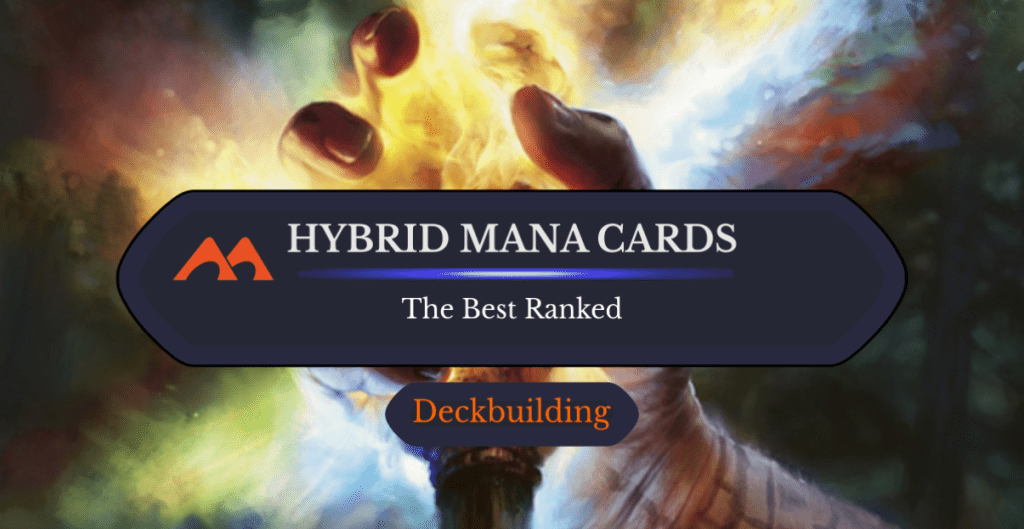
Manamorphose | Illustration by Adam Paquette
Hybrid mana debuted in the original Ravnica block in 2005, and it changed the game forever. It took a couple of MTG sets to be used effectively, and 20 years later lots of sets regularly use this feature like Throne of Eldraine, Streets of New Capenna, Shadowmoor, as well as many Ravnica sets that came after. War of the Spark gave us hybrid planeswalkers and Ikoria: Lair of the Behemoths gave us the mighty companions.
Hybrid mana is everywhere, and today I’m walking you through the best cards that use hybrid mana.
What Are Hybrid Mana Cards in MTG?

Fiend Artisan | Illustration by Yigit Koroglu
Hybrid mana cards in MTG are cards that use the hybrid mana symbol in their casting cost. Hybrid mana symbols always have a division inside (like a / ), and you can pay either one mana cost or another. There are ten different mana symbols, one for each color pair.
There’s , /, and so on.
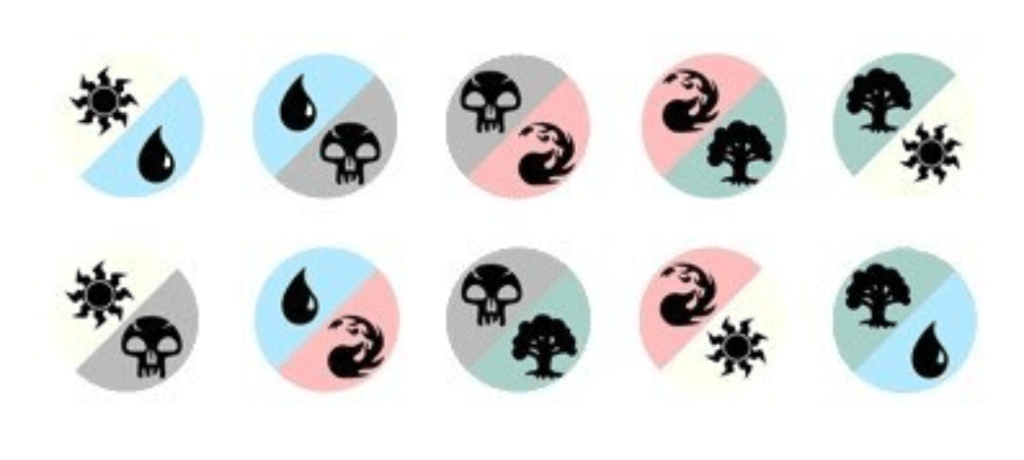
Then there’s special hybrid mana symbols, like the ones in Shadowmoor that allow you to pay generic mana or a single black mana, resulting in something like this: . Sets like Kamigawa: Neon Dynasty and Dominaria United have the hybrid/phyrexian mana symbol, mana /p, found on cards like Ajani, Sleeper Agent and Tamiyo, Compleated Sage. This mana symbol can be paid with mana of the two respective colors or 2 life.
Another key characteristic of hybrid mana cards is that they count as all the colors or mana in their respective costs, both for MTG rules and for Commander color identity. A card like Yorion, Sky Nomad can be cast by paying only white mana, only blue mana, or both. It’s considered an Azorius spell and a card for rules purposes and Commander color identity. Similarly, a card like Ognis, the Dragon's Lash is considered a Jund commander and a tricolor card.
Honorable Mentions
There are a few cards in MTG that are mono-colored hybrid cards but have hybrid mana in their activated abilities. We’re talking cards like Tasigur, the Golden Fang, Soulfire Grand Master and Alesha, Who Smiles at Death. These are strong cards that could be in the list, but my criteria considers only cards that have hybrid mana in their mana value.
#37. Sundering Growth

Sundering Growth is one of the most low-impact cards on this list, but it’s at least a good Disenchant variant with an extra populate tacked on. It’s a worthy inclusion in decks that care about tokens.
#36. Vexing Shusher
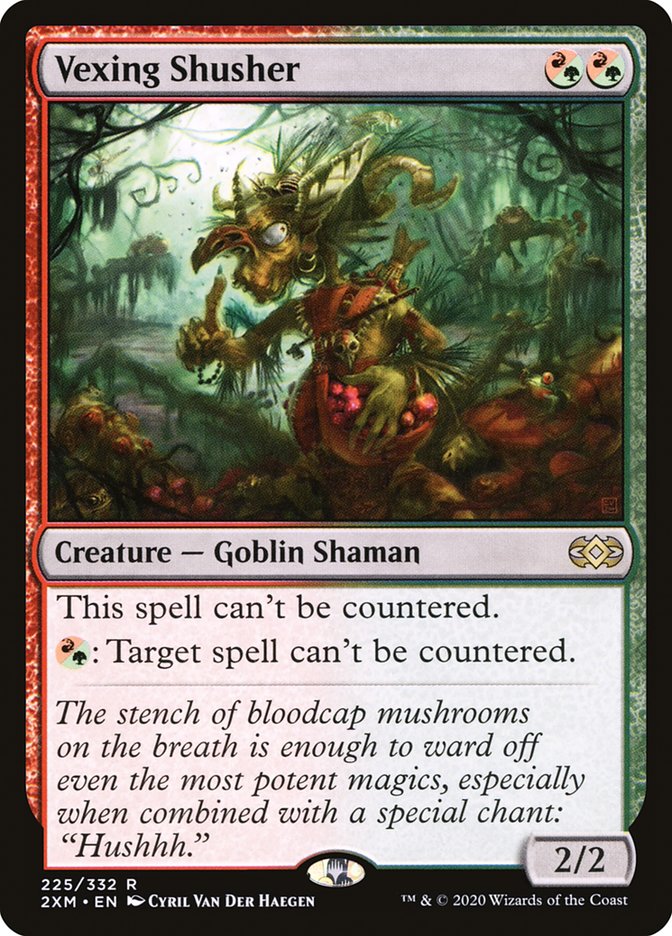
Here’s a Cavern of Souls on legs. Vexing Shusher is a nice way to fight pesky blue decks. You can even help other players on the table to avoid getting their good spells countered when it matters to you. It’s extra-nice that you can active the Shusher’s ability as long as you have open mana since it doesn’t tap.
#35. Steel of the Godhead
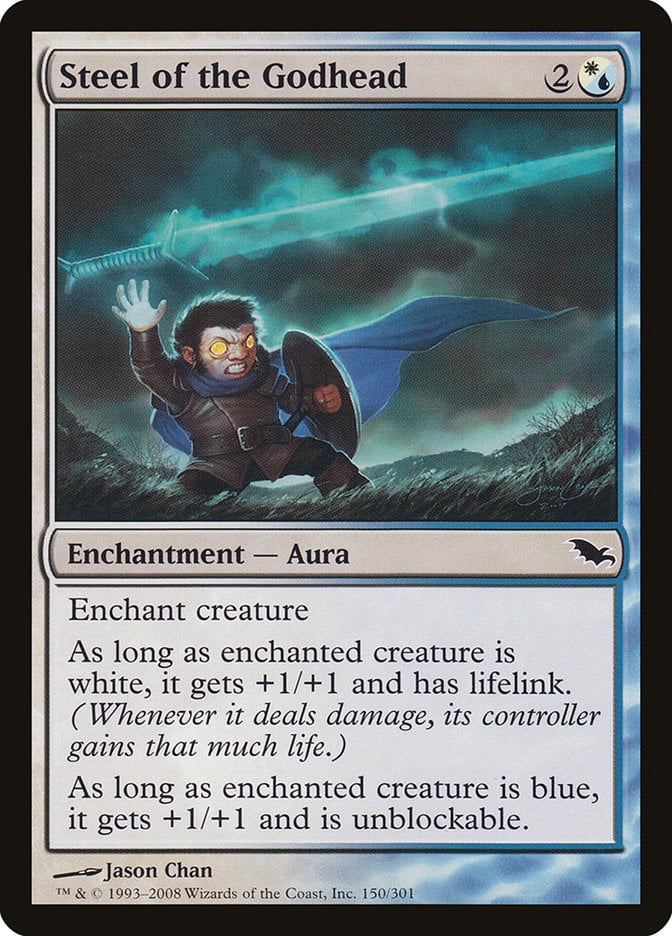
Steel of the Godhead gives two of the most desirable abilities you’d want to give a big creature: unblockable and lifelink. It’s going to hit and you’ll gain some life, plus an extra +2/+2 if the colors align.
#34. Shield of the Oversoul
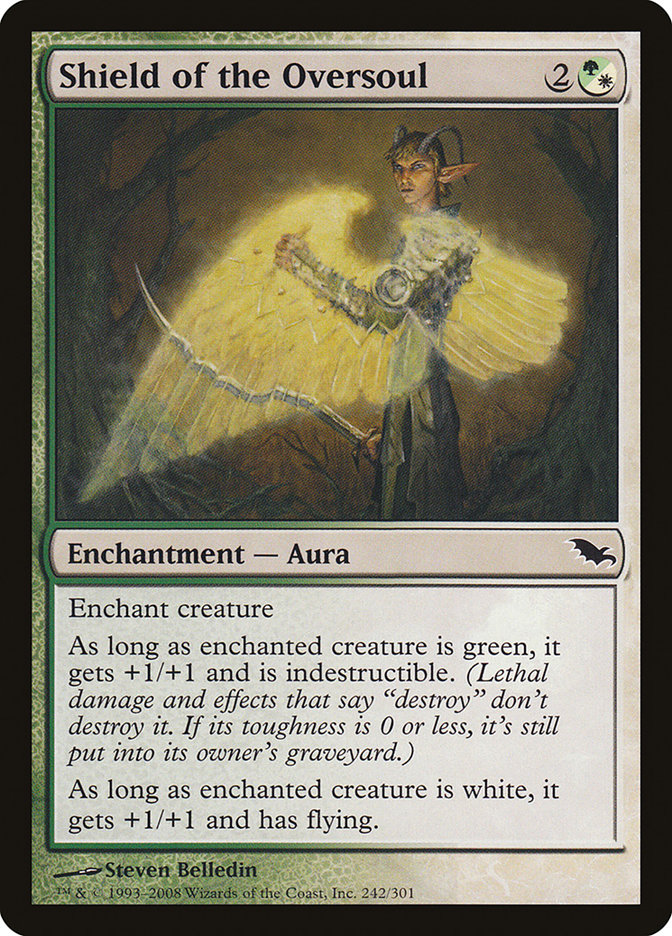
Shield of the Oversoul is a little bit better than Steel of the Godhead as it gives flying and indestructible to a creature. It’s better if you’re facing wraths but slightly worse against bounce/exile effects. Plus, it’s in , which are colors related to enchantment/aura decks.
#33. Arcanist's Owl
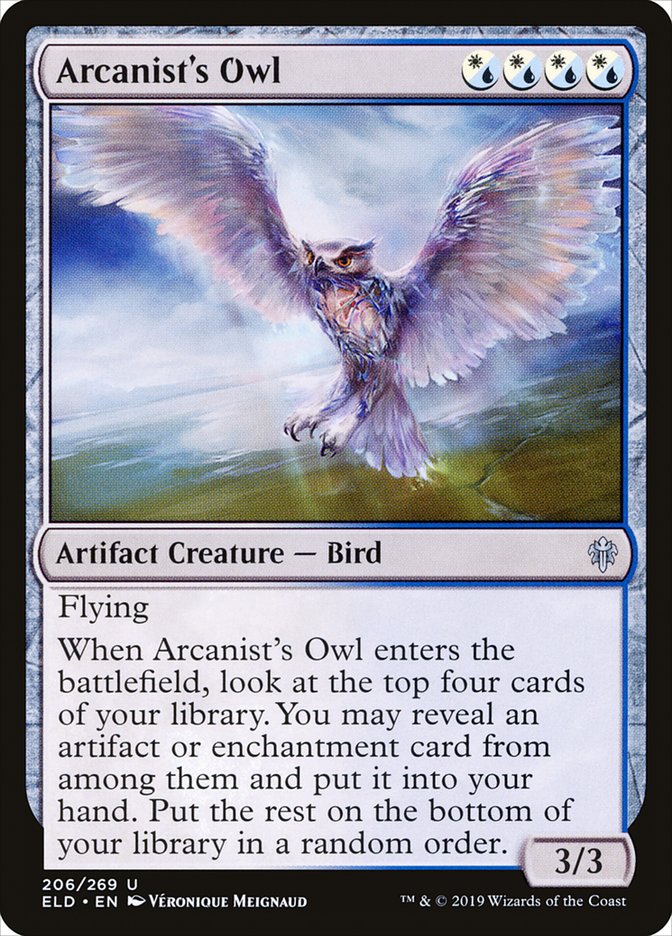
Arcanist's Owl is a role-player in decks filled with artifacts and enchantments. You’re probably going to hit something good with this bird, and it’s not the worst as a 3/3 flier for 4 mana. Plus, look at all that devotion available right away!
#32. Waves of Aggression
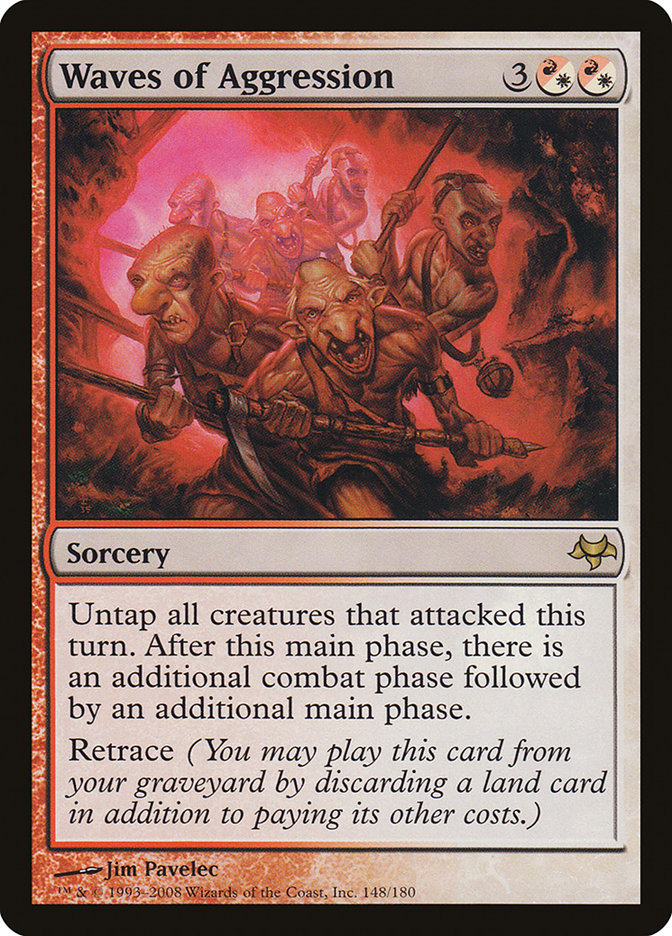
Waves of Aggression is an extra combat phase card that can be replayed via retrace. You’ll usually see this card in EDH decks that are focused on this strategy (Aurelia, the Warleader, Velomachus Lorehold).
#31. Daemogoth Titan
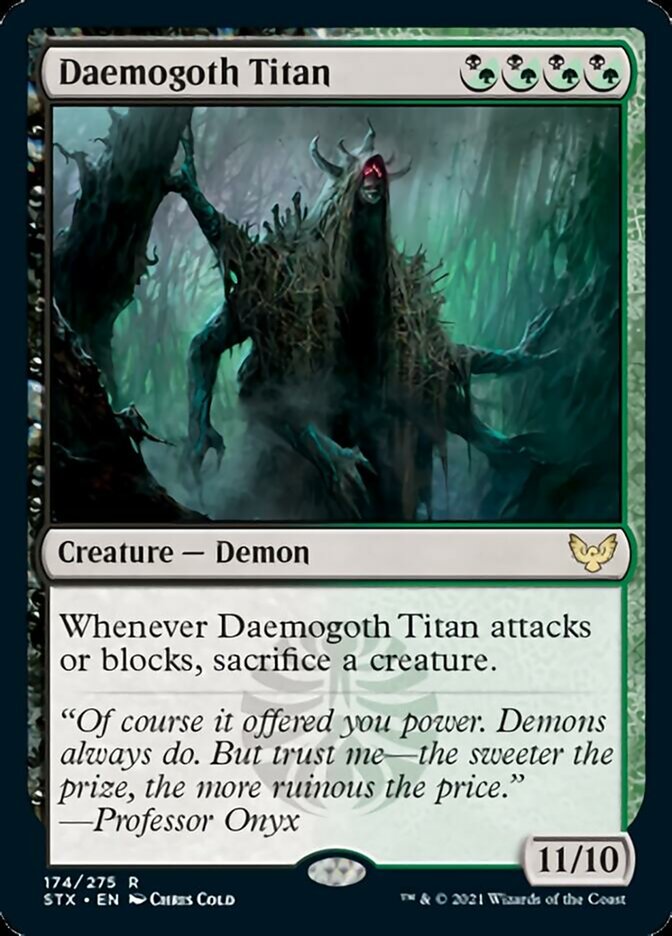
Daemogoth Titan is a 11/10 for only 4 mana. That’s gotta be worth something, right? This demon is a sacrifice outlet on the table and a big beater, and you can use the high power and toughness for many purposes, like Fling effects.
#30. Worm Harvest

Worm Harvest can generate a very large number of creature tokens over the course of a game. Add in the self-mill and land recursion you might have with cards like Life from the Loam, and you can continue to cast the Harvest and generate more tokens. Plus, retrace works really well with commanders like The Gitrog Monster that want lands to go to your grave.
#29. Rosheen Meanderer
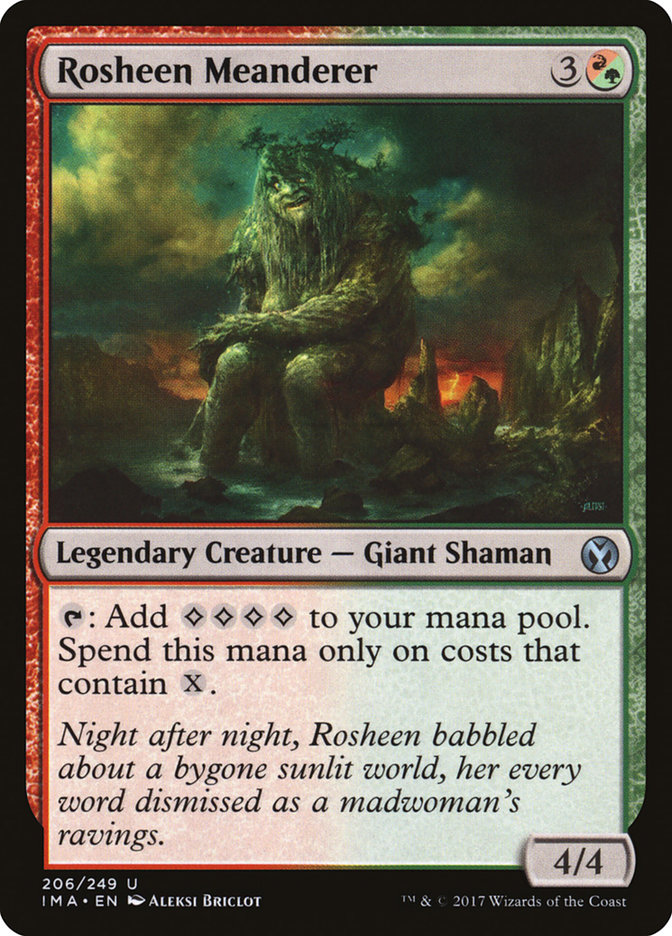
Here’s your Hydra/Fireball commander. Rosheen Meanderer adds 4 mana at a time to cast your X spells or pay X costs. The basic idea here is to go big on creatures, but the commander is also good with cards like Everflowing Chalice or spells like Crackle with Power.
#28. Ashiok, Dream Render
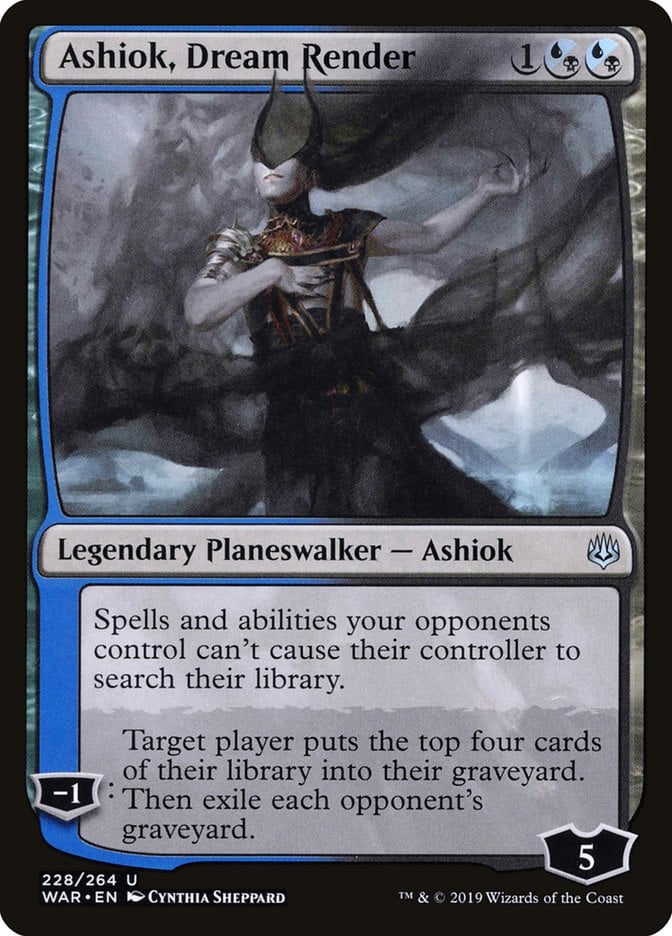
Ashiok, Dream Render is a nice utility planeswalker, locking people from searching their libraries and using tutors. What’s more, each activation hates on everyone’s graveyard, and you can even mill yourself if that’s what you’re looking for.
#27. Fiend Artisan
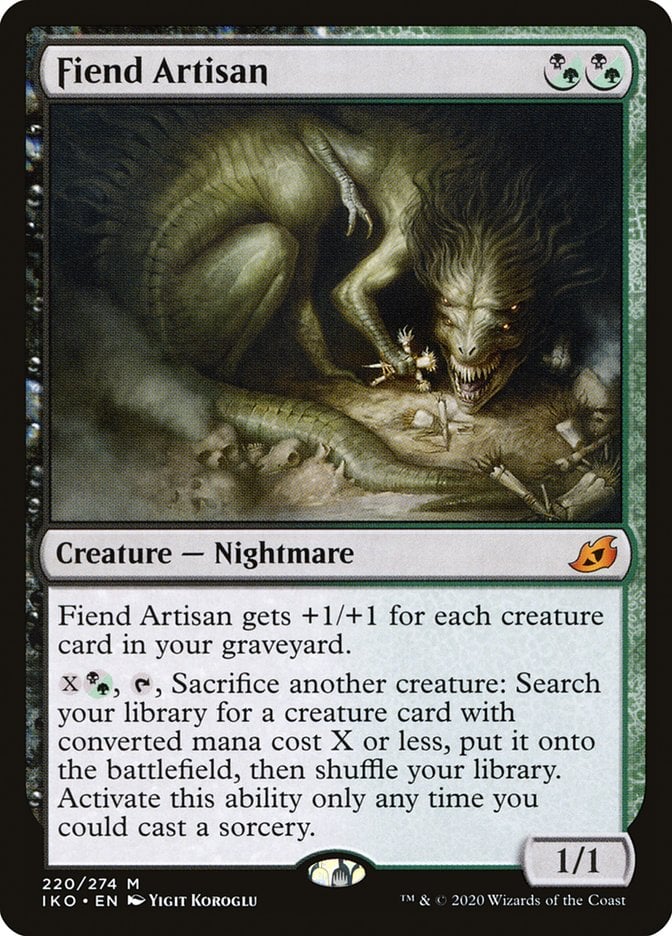
For a 2-drop, Fiend Artisan does a lot. It’s going to be big if you’re milling yourself, which you should in a lot of Golgari decks. It can even help you find some creatures in your deck or make sure other creatures effectively die so you can reap some rewards.
#26. Mirrorweave
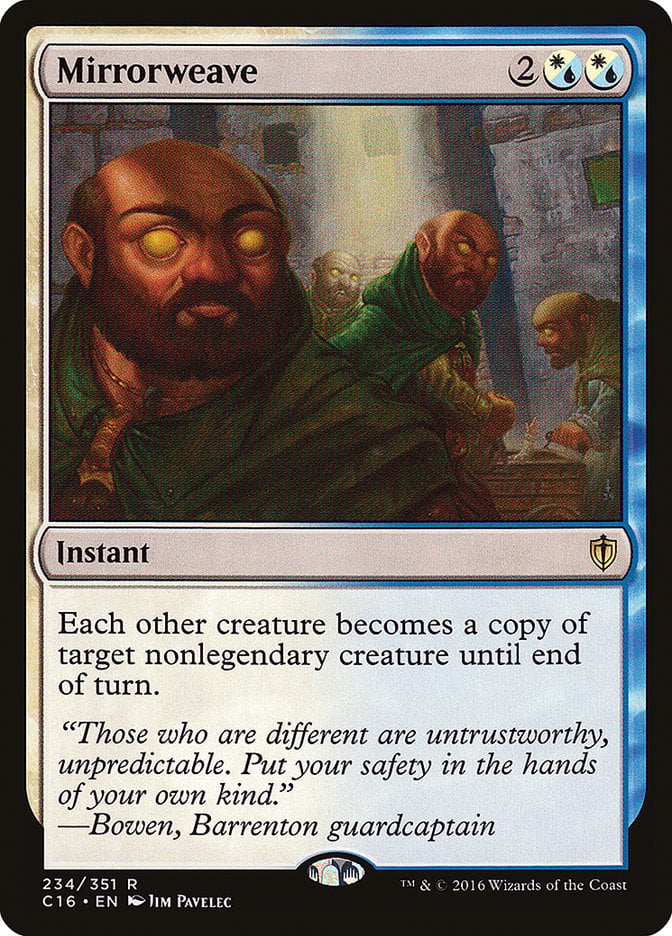
There’s a few tricks you can pull with Mirrorweave, like making your tokens a copy of a stronger creature. Unfortunately for formats like EDH, the non-legendary restriction hurts the card a lot.
#25. Beseech the Queen
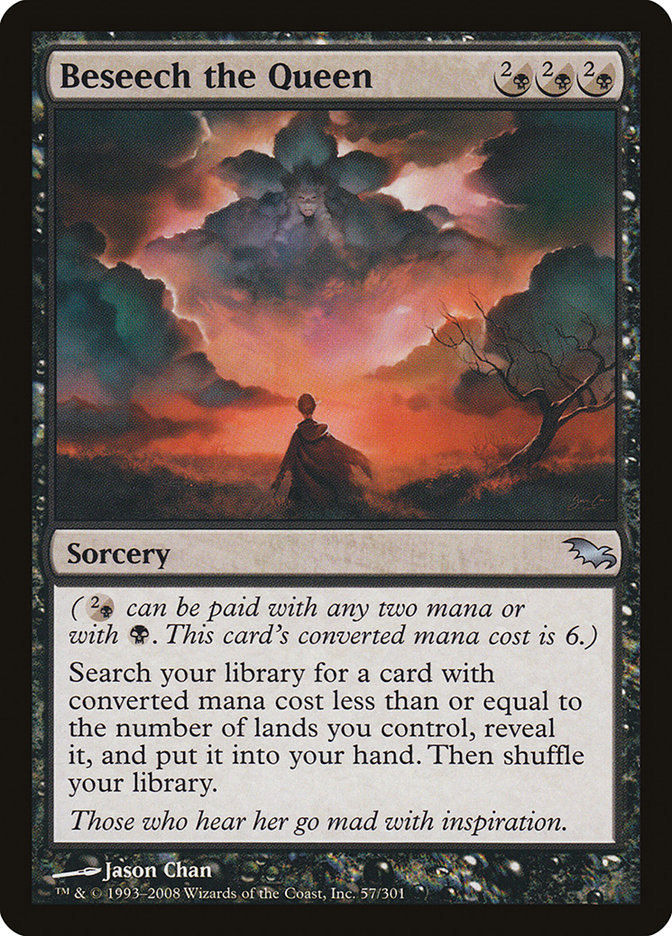
Tutors in EDH are necessary since it’s a 100-card format. Beseech the Queen isn’t unconditional, and it’s most suited for heavy black decks due to the cost reduction. It’s not the best tutor, but it helps with redundancy.
#24. Blade Historian

I’ve just checked online, and there’s no other creature than Blade Historian that gives double strike to all your attacking creatures (except typal incentives). You can get that same benefit with Berserkers' Onslaught, a 5-mana enchantment. The cost can be a bit restrictive, but this human cleric is at home in a Boros deck that wants to get in the red zone.
#23. Tamiyo, Compleated Sage
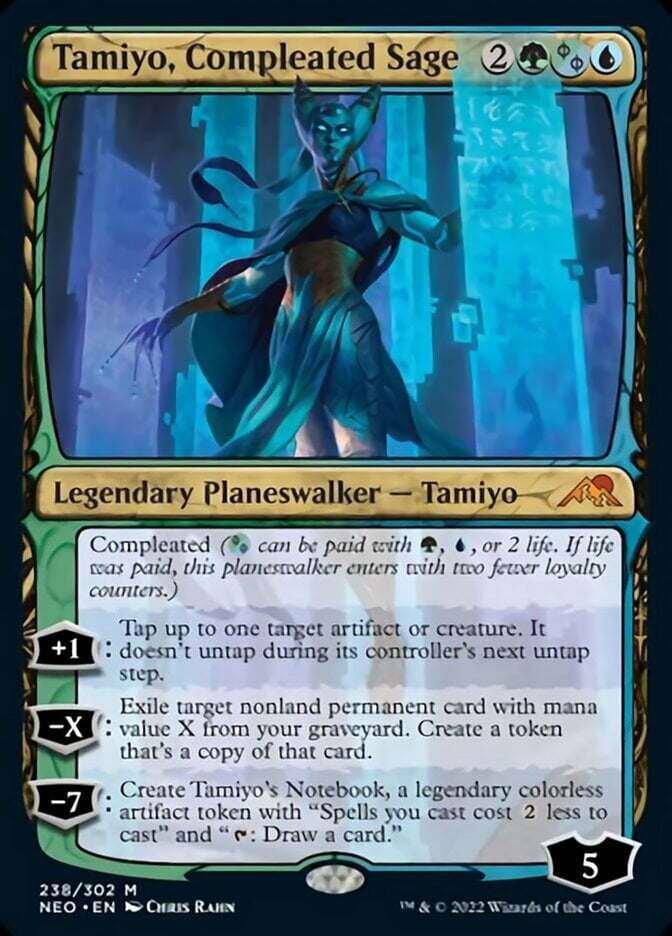
Tamiyo, Compleated Sage is a solid planeswalker, being able to tap and lock something to slow them down, or getting recursion via the -X ability. The card has a hefty number of loyalty counters too, so it’s easy to ensure that Tamiyo lives for a few turns.
#22. Oona, Queen of the Fae
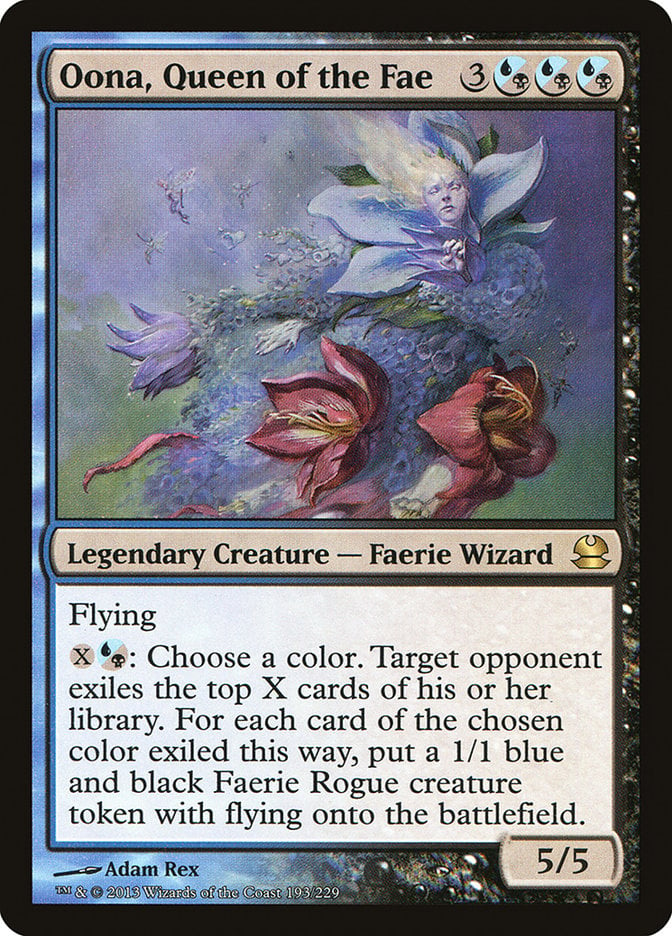
Oona, Queen of the Fae is a large flier that can produce more Faerie tokens, mill your opponents, and even be an alternative win condition if you have ways to generate infinite mana. Plus, you’ll turn your excess mana into flying Faerie tokens, which is cool and has typal synergies.
#21. Jinnie Fay, Jetmir's Second
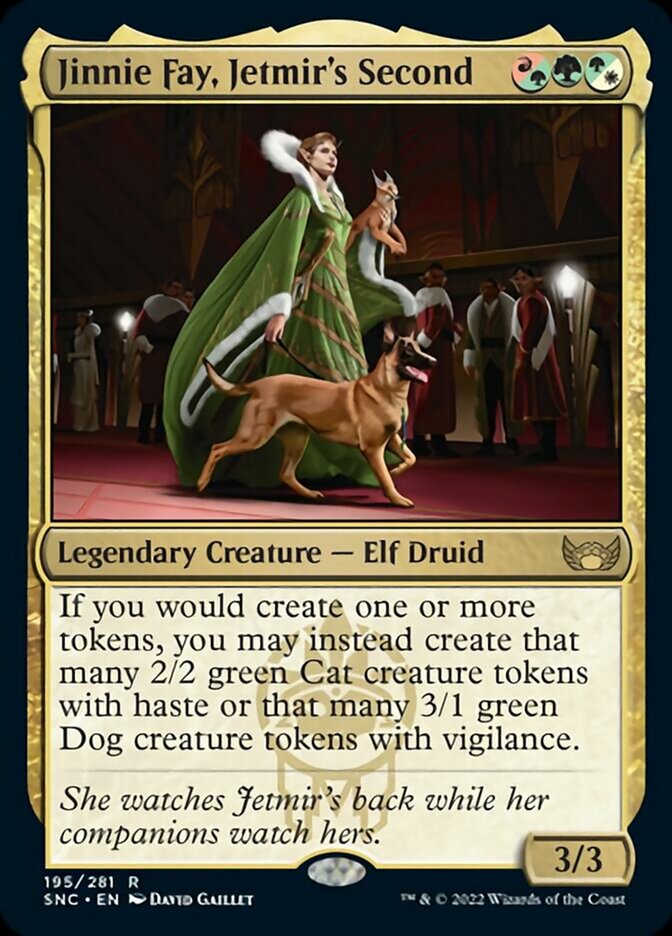
Jinnie Fay, Jetmir's Second allows you to upgrade your mere 1/1 tokens into stronger 2/2 or 3/1 bodies. It’s a must-have in token decks, especially those that count on Anointed Procession to make more and more bodies.
#20. Quandrix Cultivator
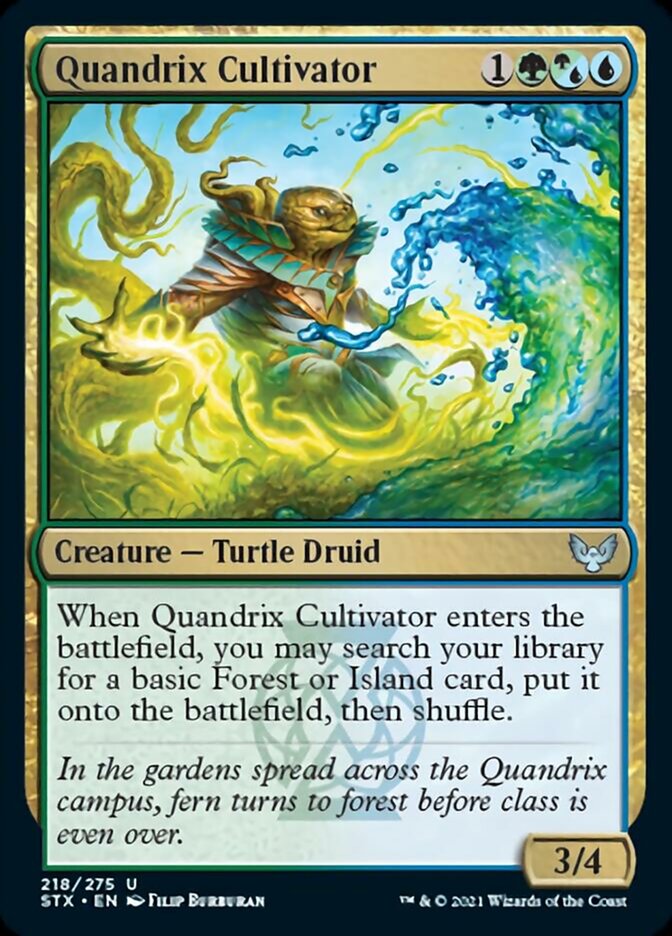
Cards that ramp a land into play untapped are hard to come by, and Quandrix Cultivator is also a 3/4 for 4 mana – not your typical Civic Wayfinder card.
#19. Thopter Foundry

Thopter Foundry can be used to turn your useless artifacts into 1/1 fliers in a pinch, but the card wouldn’t be on the list if it weren’t for the infinite combo it generates with Sword of the Meek.
#18. Saheeli, Sublime Artificer
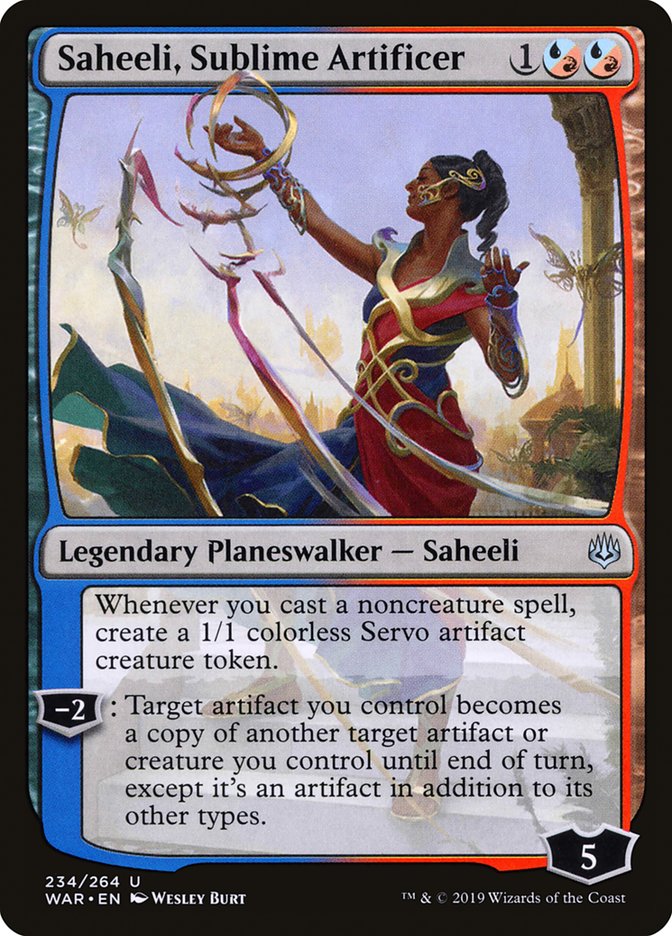
Saheeli, Sublime Artificer is a nice payoff in a spellslinger deck, producing a token whenever you cast a noncreature spell. What’s more, you can use its abilities to make a strong artifact clone.
#17. Kiora, Behemoth Beckoner
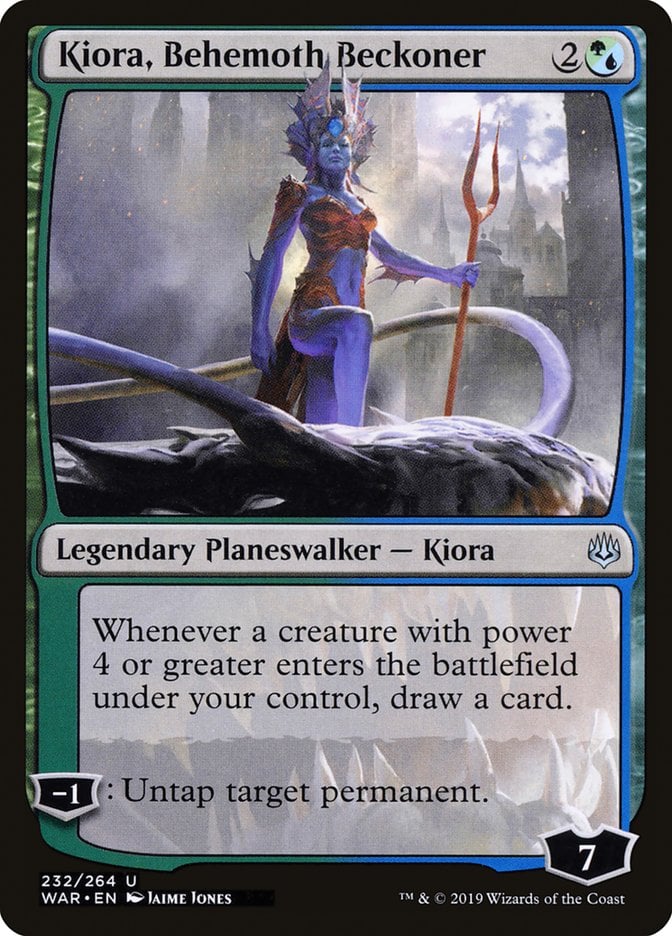
Kiora, Behemoth Beckoner is a very easy card to include in a ramp/stompy deck. You’ll draw extra cards when your expensive creatures enter the battlefield, you can reuse your mana rocks and mana dorks, and you can even untap a big creature that just attacked. This uncommon planeswalker works very well with big cascade spells, too – hello Apex Devastator.
#16. Gyruda, Doom of Depths
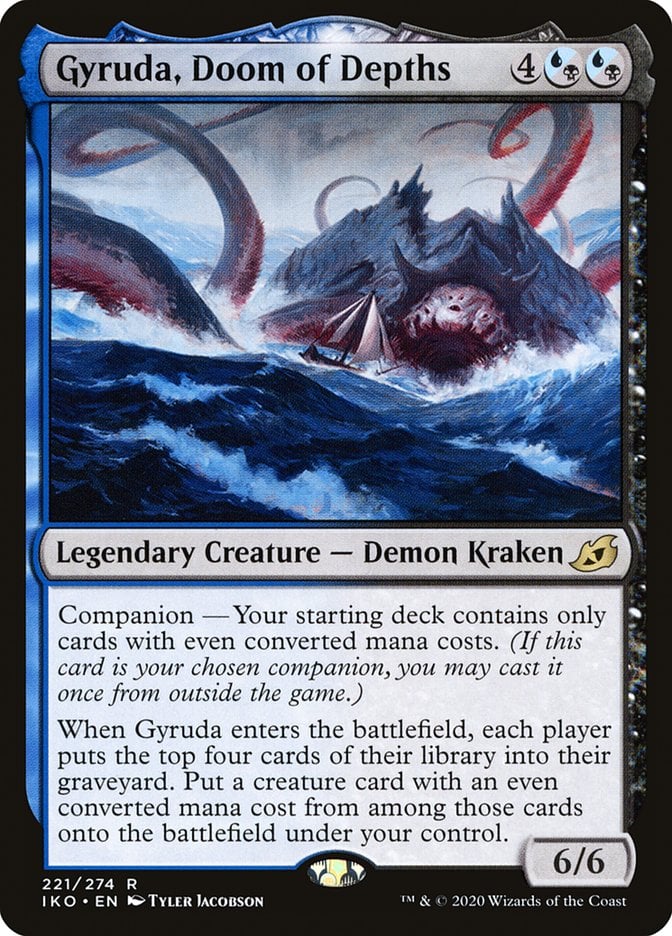
Gyruda, Doom of Depths is Dimir demon kraken that can go easily infinite if you fill your deck with Clone effects. These should cost 2 or 4 mana, like Phantasmal Image or Clever Impersonator. If you do that, you fill graveyards very quickly, and that can be your win condition via mill or part of your graveyard strategy.
#15. The Shadowmoor Liege cycle
Here I wanted to put only Murkfiend Liege. But yeah, there’s also other 9 lieges, which are all fine cards, especially if you intend on beating down. Murkfiend Liege is the best for Commander, seeing as the untap ability is king in that format, but nothing stops you from playing, say, Glen Elendra Liege in a fairies deck.
#14. Keruga, the Macrosage

Do you like to draw cards? Keruga, the Macrosage draws you a bunch in blink decks and stompy decks alike. Plus, if you want to use this dinosaur (yes, it's a dino!) as your companion, there’s a few tricks with split cards and adventure cards that ensure you have a functional mana curve.
#13. Slippery Bogle
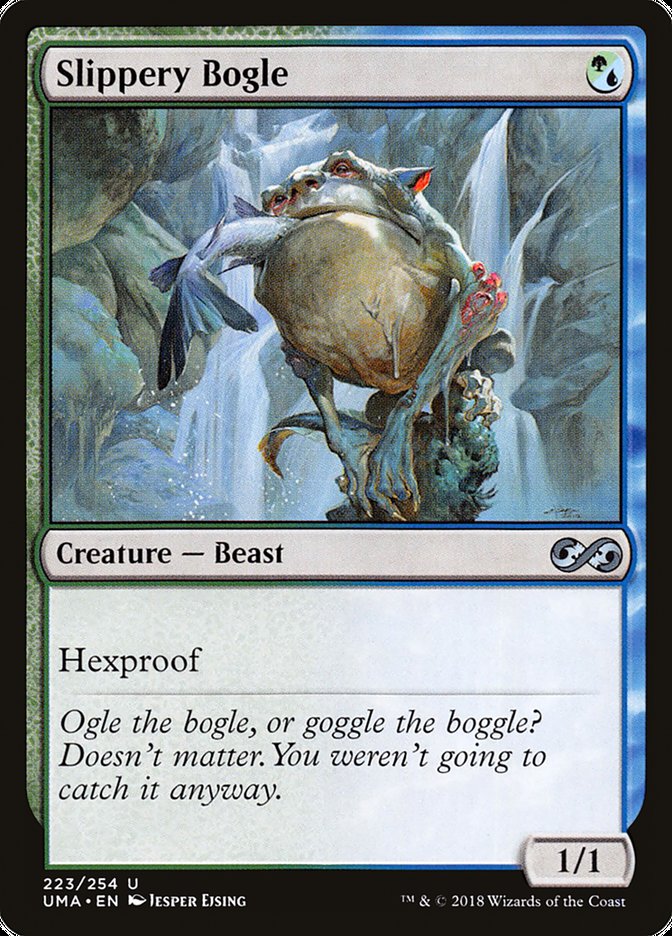
Turn 1 Slippery Bogle, turn 2 cheap aura (or double aura), attack. That’s been a powerful sequence for “bogles” players for a decade now, and it’s hard to stop once it gets going. Unfortunately for Bogle, the power level of the cards has risen, so it’s easier to exile auras or deal with them, as well as to play edict effects like Sheoldred's Edict main deck.
#12. Zirda, the Dawnwaker
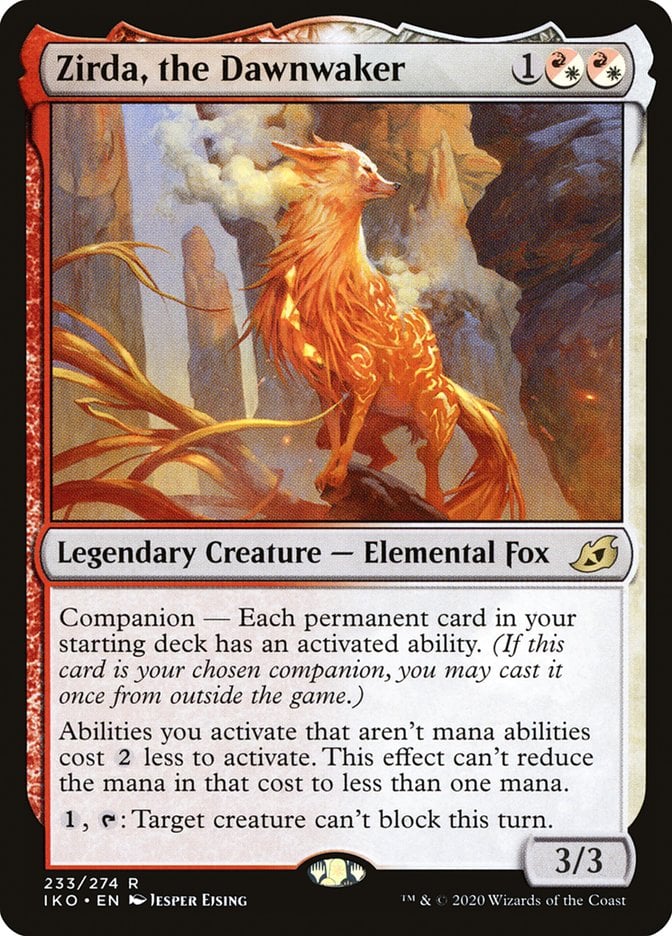
While Zirda, the Dawnwaker is on the battlefield, most of your cycling cards cost mana. You can also shave 2 mana from equipment costs, so equipping a sword costs only 1, not to mention other costs like Basalt Monolith’s untap effect. This elemental fox is very flexible and you can build a deck around it in various ways.
#11. Jegantha, the Wellspring
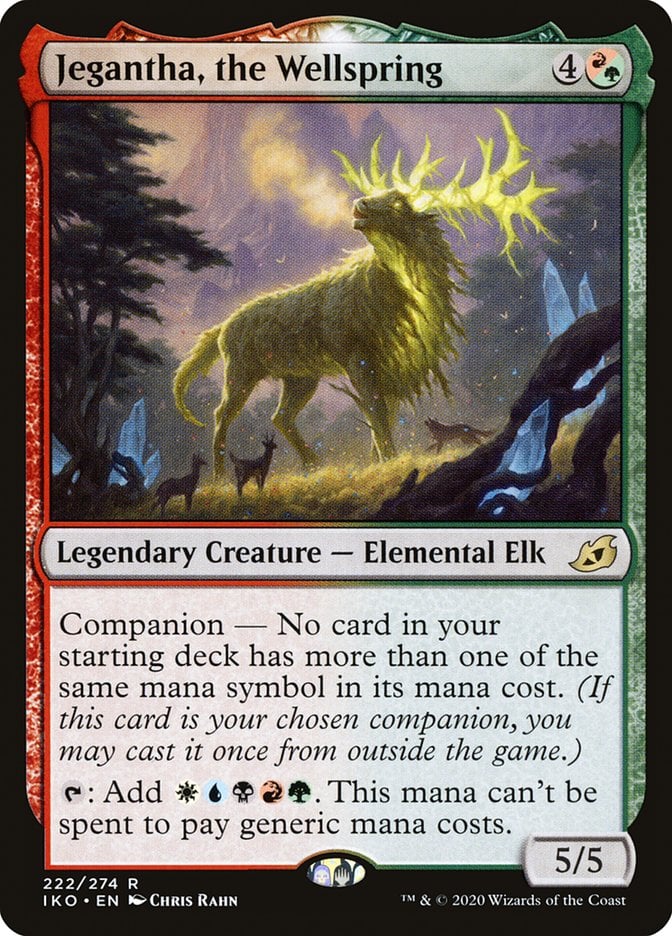
Jegantha, the Wellspring is one of the easier companions to fit into a deck. You just need to manage your double mana cost spells, and if you do, you’ll get a free 5/5 each game. You can even use it to cast a spell for free later in the game.
#10. Leyline of the Guildpact
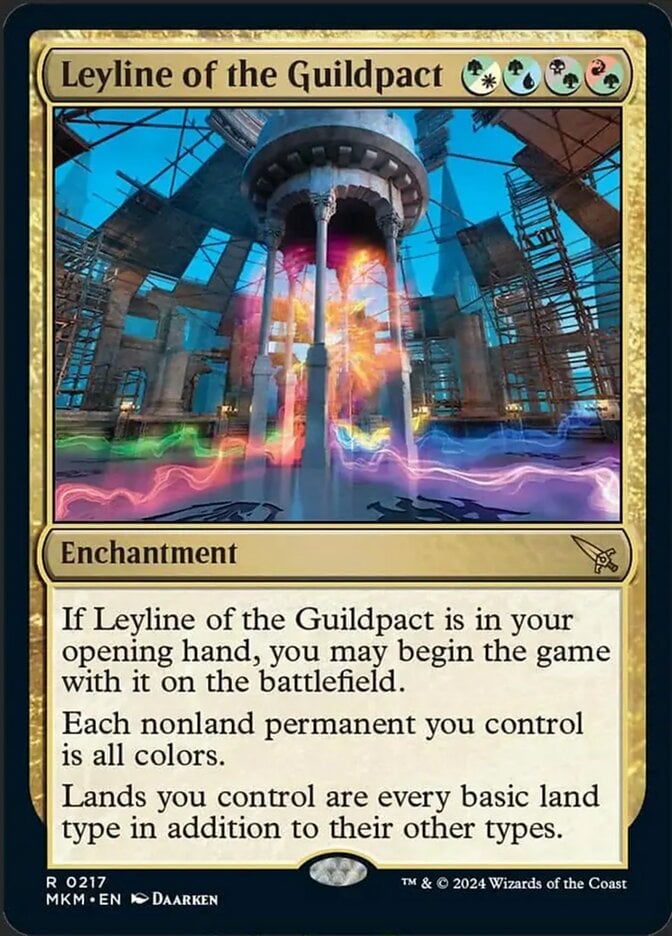
I may be ranking Leyline of the Guildpact very high, but this enchantment from Murder at Karlov Manor does so much. It’s essentially free in your opening hand, it fixes your mana in five colors, and it has so many synergies in diverse formats, from casting a cheap Scion of Draco to turning in converge/sunburst cards.
#9. Fulminator Mage

Fulminator Mage has seen some Modern/Legacy play as targeted hate against good non-basic lands. From Nykthos, Shrine to Nyx to Tron lands, or even a tricolor land, Fulminator can get them all. Bonus points if you use cards like Undying Malice to use the effect again.
#8. Burning-Tree Emissary
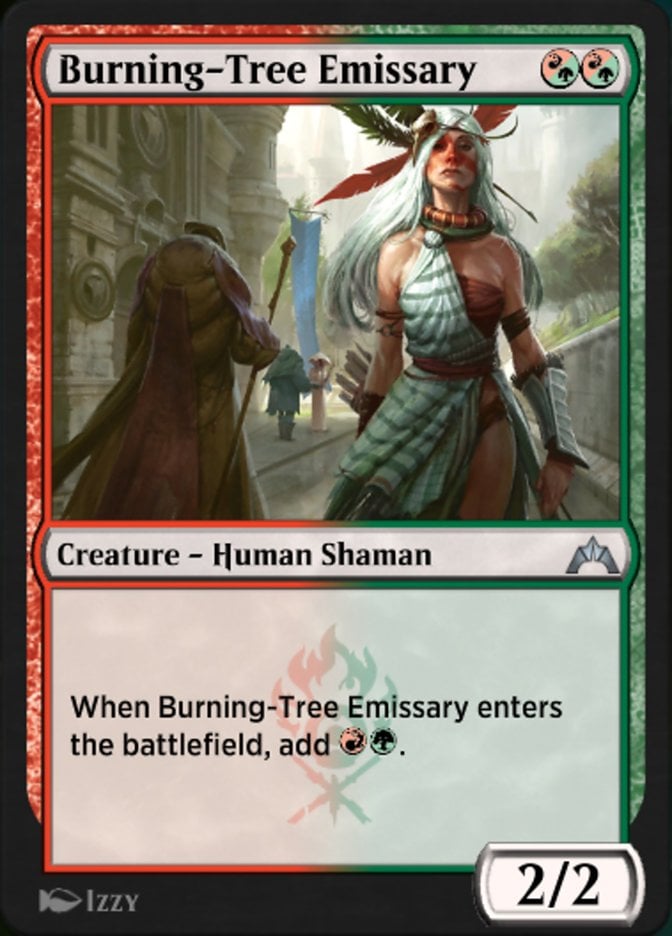
Burning-Tree Emissary is raw speed and tempo, and you can even connect one into another for a very explosive start. It’s very scary to play a 1-drop, and then two of these shamans followed by another 1- or 2-drop.
#7. Yorion, Sky Nomad

Yorion, Sky Nomad is so good that people actively play 80-card decks just to have this bird serpent as a companion. When every card in MTG nowadays has an ETB ability, being able to abuse that is key. Plus, Yorion can end games just by attacking. Sorry Commander players, 120-card decks aren’t happening in EDH yet, not without some serious house rules.
#6. Murderous Redcap
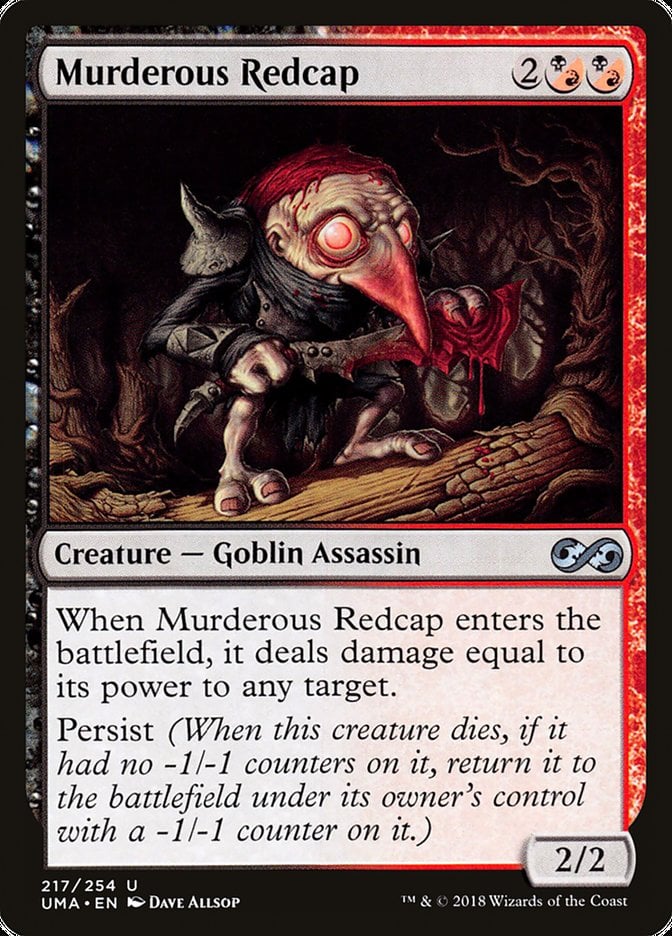
The two next elements of the list are very similar. Murderous Redcap is a persist creature that deals some damage to a creature or player when it ETBs. It’s interesting as a value creature, seeing as it can trade with one or two creatures. But where this goblin assassin really shines is in infinite sacrifice combos that deal infinite damage to a player.
#5. Kitchen Finks

Kitchen Finks is a good creature in midrange decks when you have to fight aggro and burn players, because just the 2-4 incidental lifegain you get from the card can help you stay alive. Like Murderous Redcap, the real value of this card is in decks where you can sacrifice the card an infinite number of times to gain a bunch of life and thus avoid losing.
#4. Manamorphose
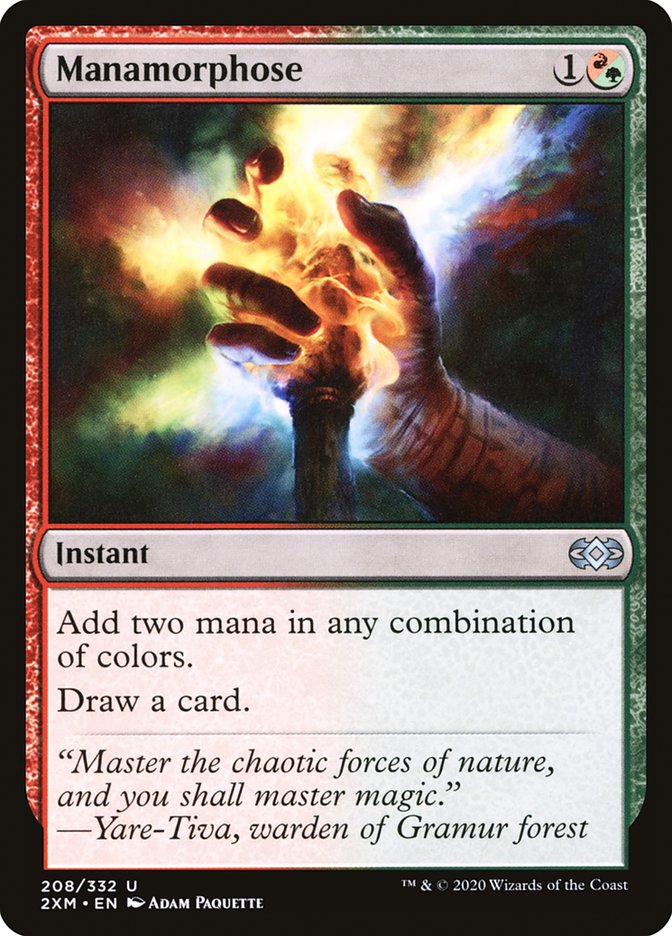
Manamorphose is a free spell, considering that once you’ve paid for it, it gives you back 2 mana and a card. The card’s seen play in many archetypes, including combo, storm, ramp, and spellslinger decks.
#3. Hogaak, Arisen Necropolis

While Hogaak, Arisen Necropolis was legal in Modern, dredge was the deck to beat. To cast Hogaak, you’ll need lots of cards in your graveyard (delve) or creatures on the battlefield (convoke). Just a card like Stitcher's Supplier contributes with 4 mana – three cards in graveyard and a body, and when you add fetch lands and token makers to the list, you’ll see that’s easy to ramp this 7-drop. A dredge 5-6 effect is often enough to put this card in the graveyard and cast it via delve.
#2. Lurrus of the Dream-Den
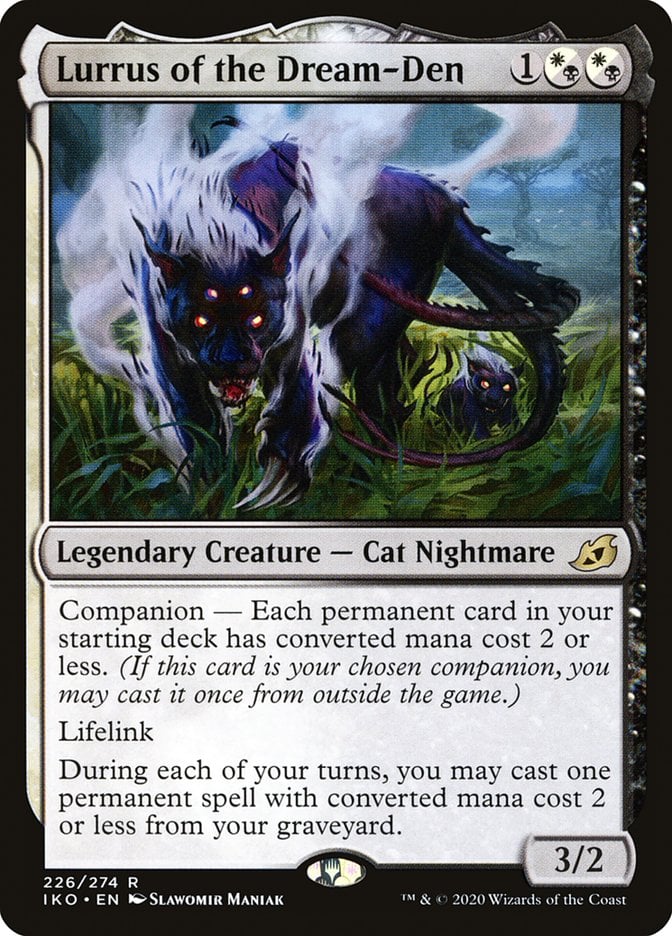
Lurrus of the Dream-Den is a card so powerful that it's hard to find a format where it’s not banned. Being able to recur a card that costs 0-2 mana every turn is very strong, and that fits multiple decks like zombies, aristocrats, and rogues. You can even reuse a card like Lotus Petal or Black Lotus.
#1. Deathrite Shaman
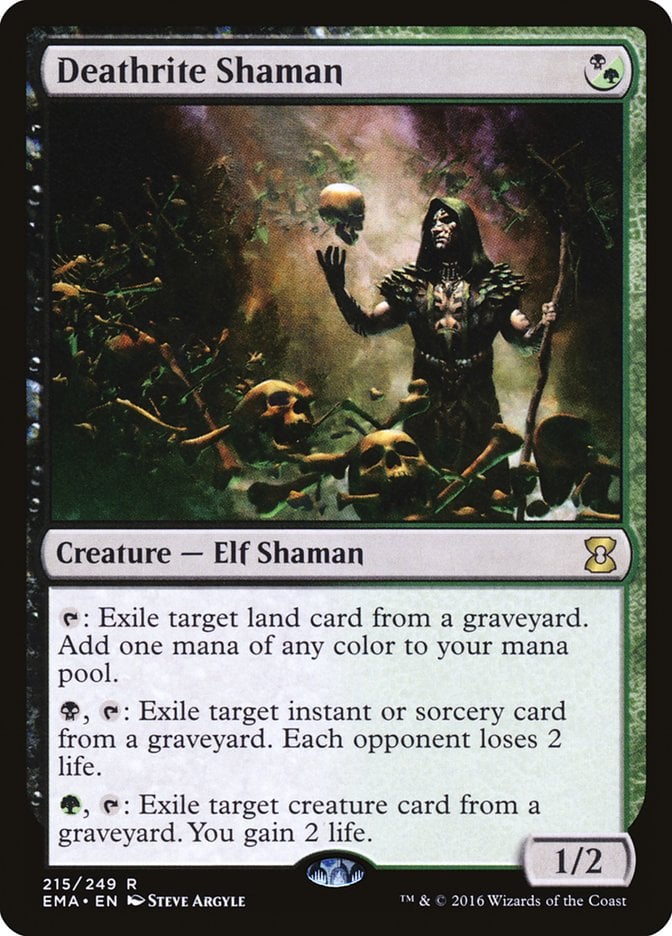
Deathrite Shaman sees heavy play in every single format it’s legal, and it’s one of the best 1-drops ever. The 1-mana ‘’planeswalker’’ does it all – it ramps, gains life, and damages, all of that while serving as a graveyard-hate tool.
Best Hybrid Mana Card Payoffs.
The main characteristic of hybrid spells is that they are multicolored card but fit mono-colored decks as well (not Commander decks, sorry). Having many colors but being easier to cast is a great advantage, and that benefits commanders like Aragorn, the Uniter or cards like Scion of Draco, cards that care about the colors of spells and creatures. The more, the merrier.
Hybrid mana also fits very well in devotion strategies. In Standard, cards like Nightveil Specter were a great fit for both blue and black devotion strategies. We can think of cards like Deity of Scars and Demigod of Revenge adding 5 mana and turning on gods like Mogis, God of Slaughter or Erebos, Bleak-Hearted by themselves while skyrocketing the power of Gray Merchant of Asphodel.
Wrap Up

Fulminator Mage | Illustration by Lucas Graciano
Hybrid mana is an excellent mechanic both for Limited and Constructed purposes. It’s not used in all sets, but when they use hybrid mana, you can expect to see a heavy hitter. Plus, players love gold and hybrid cards since they’re different and occupy a different design space.
Here I focused on cards that see play across multiple formats, and as such I’ve left a lot of cards out of the list. And unfortunately lots of cards from the Shadowmoor hybrid era are not powerful enough in 202X’s MTG. What did I miss? Any hybrid favorite of yours didn’t make the list? Let me know in the comments section below. Or leave us a tweet at Draftsim Twitter.
As usual, thanks for reading, and stay safe folks.
Follow Draftsim for awesome articles and set updates: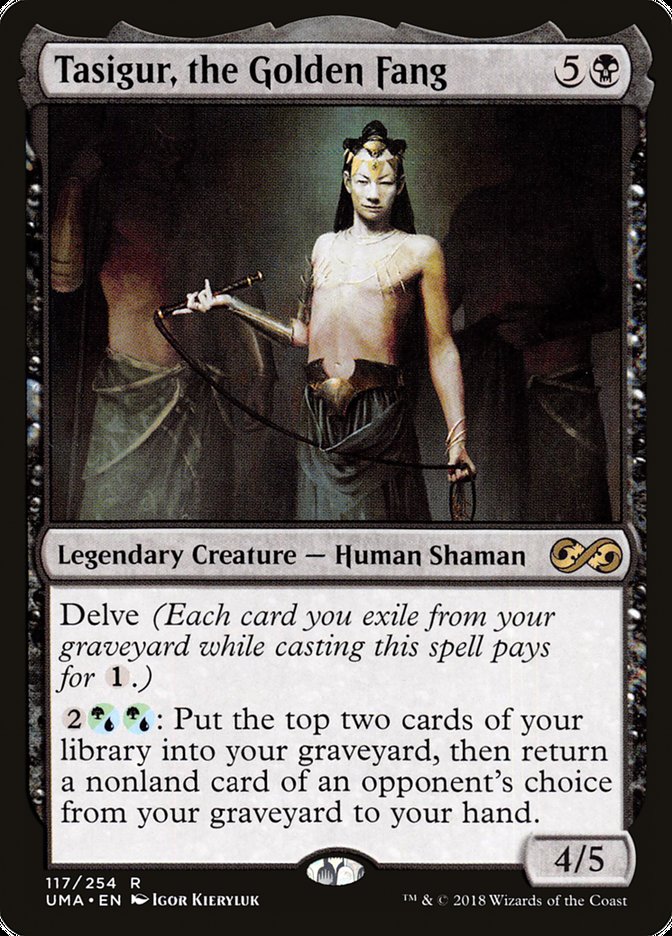
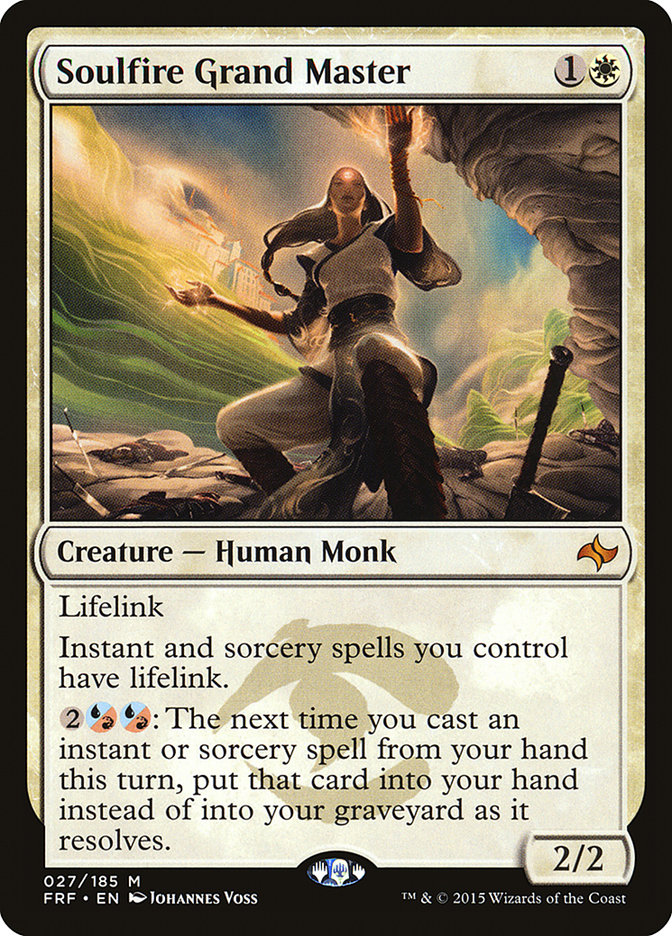
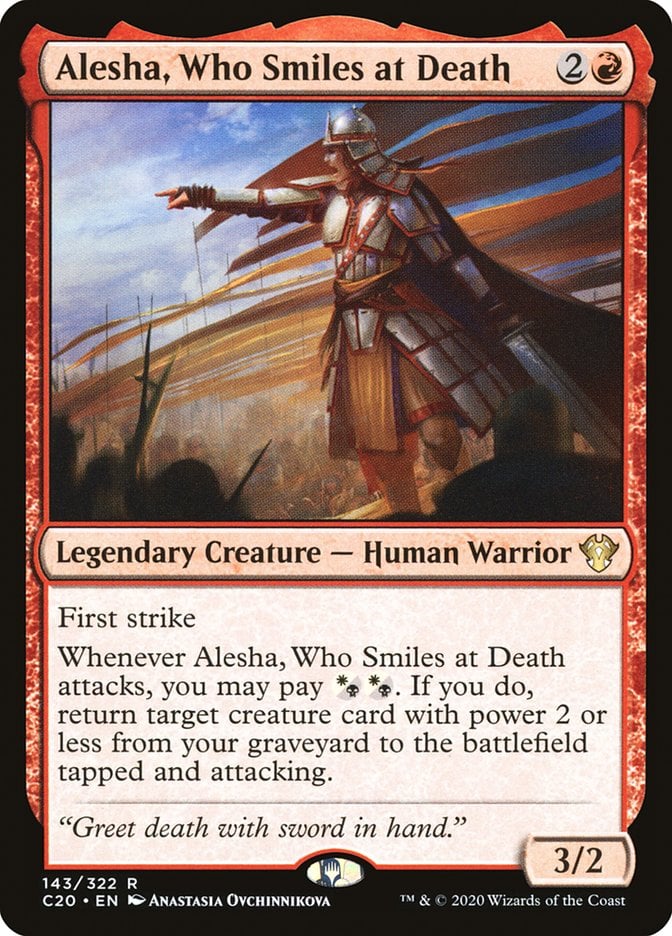

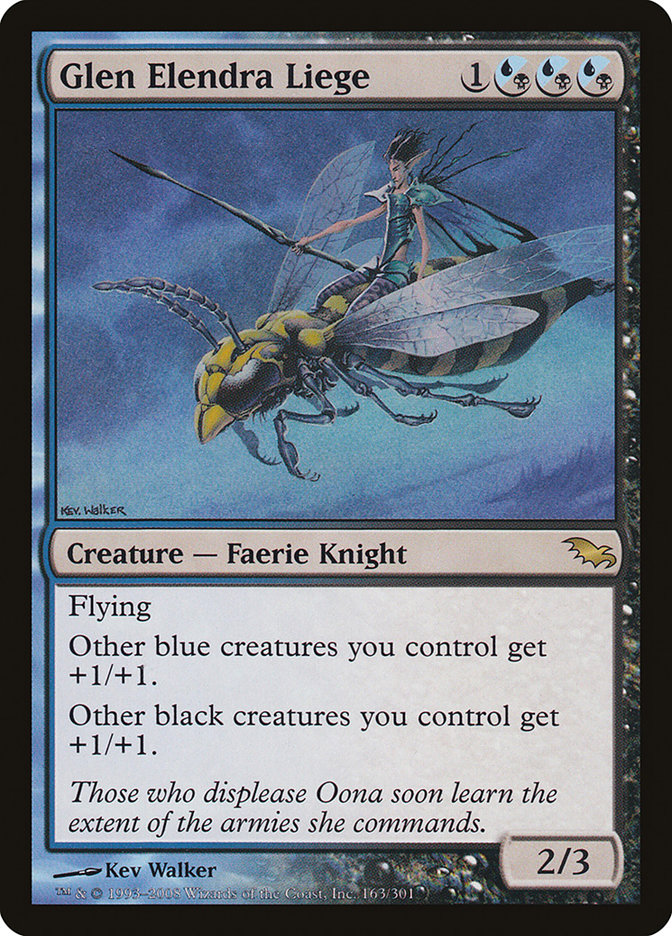
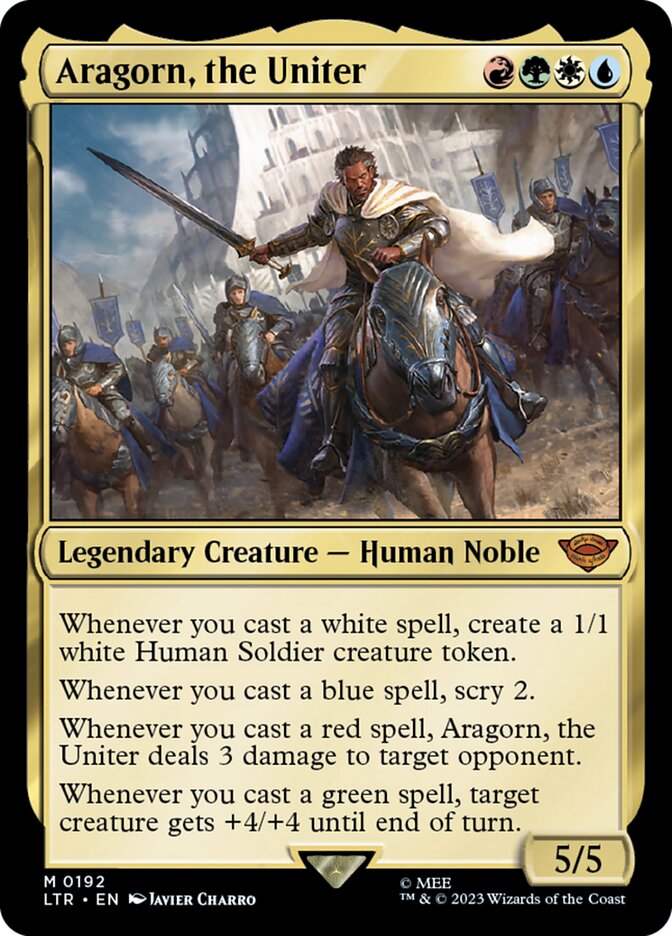
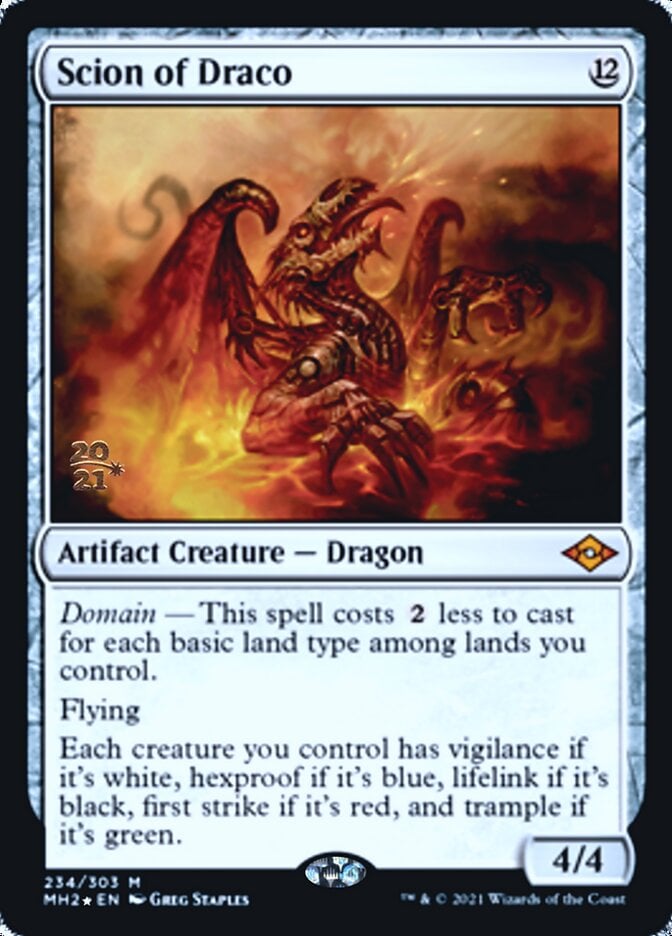



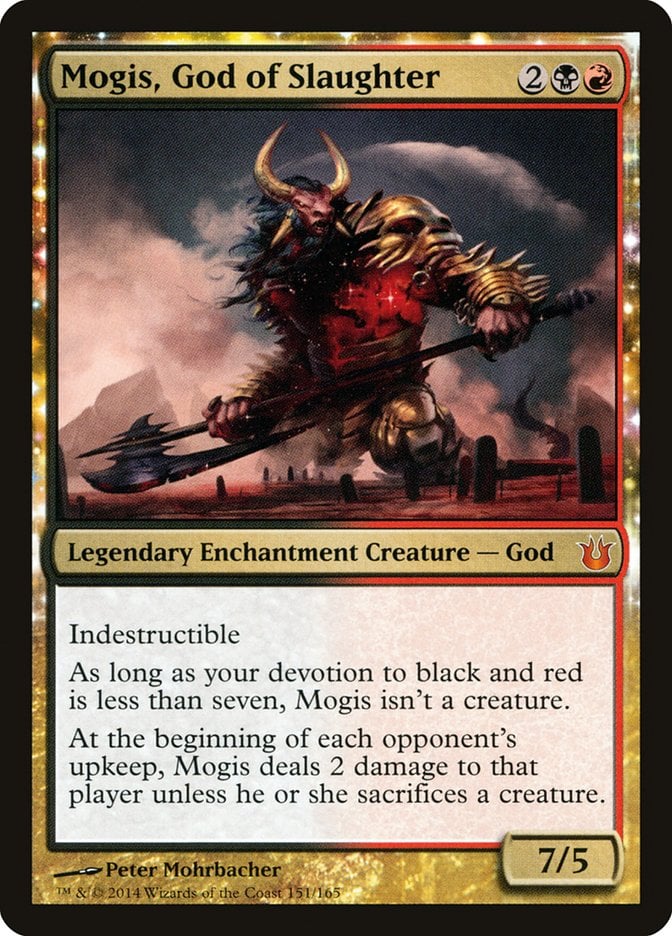
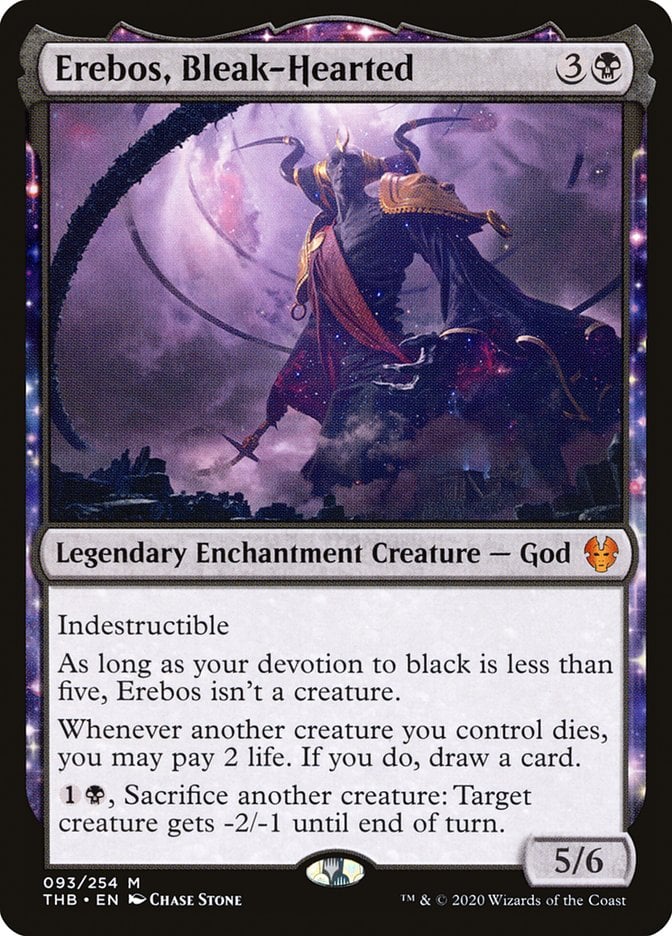
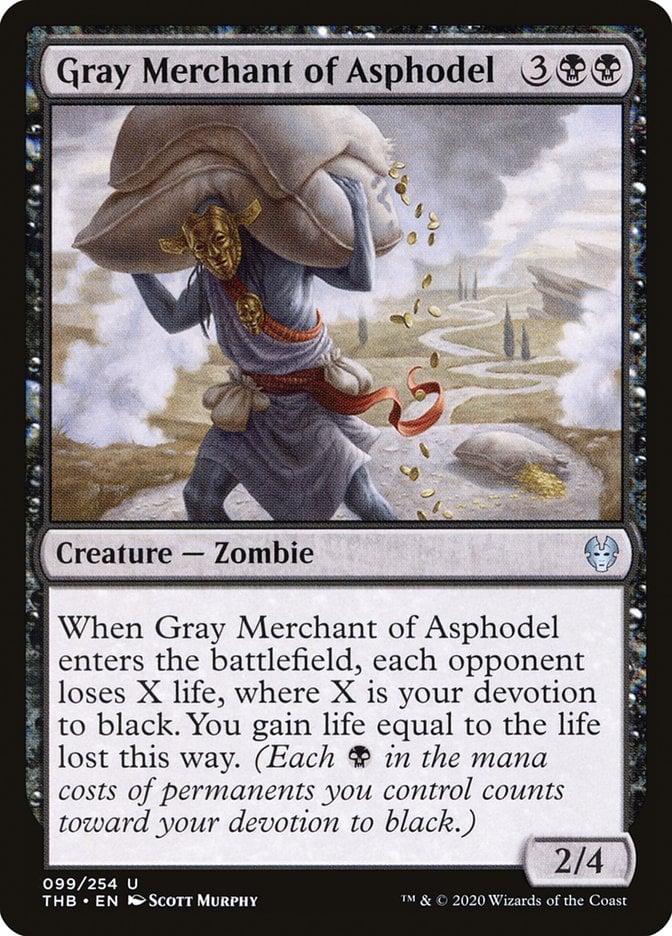

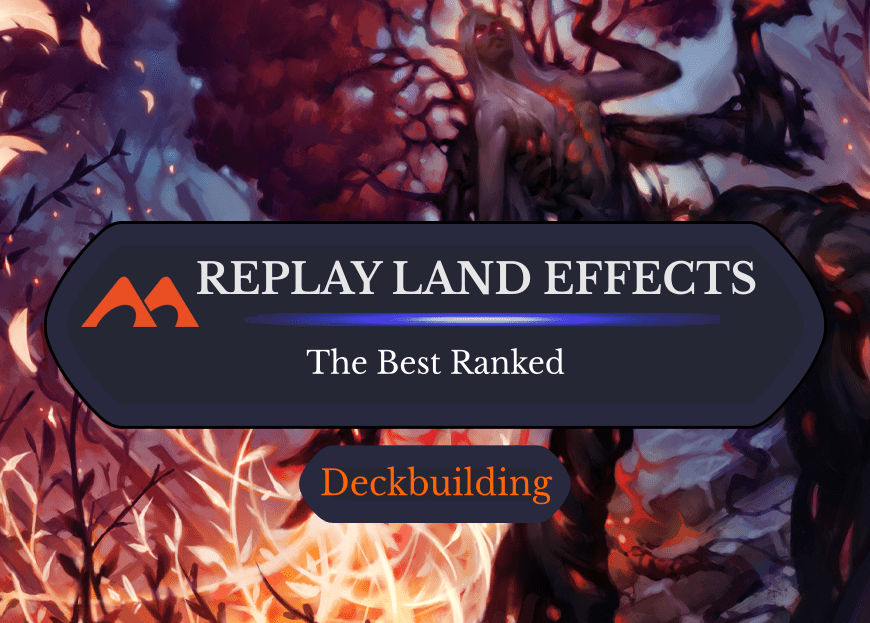
Add Comment